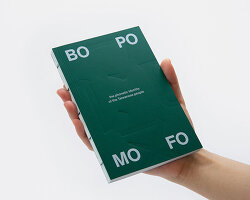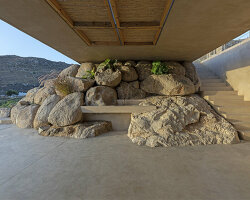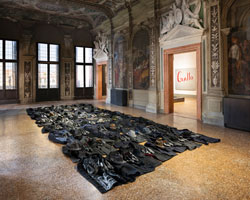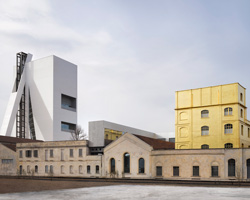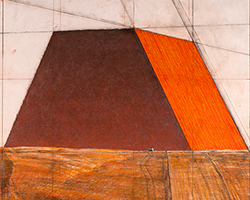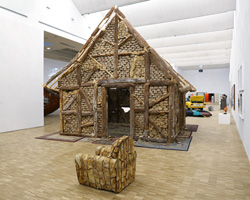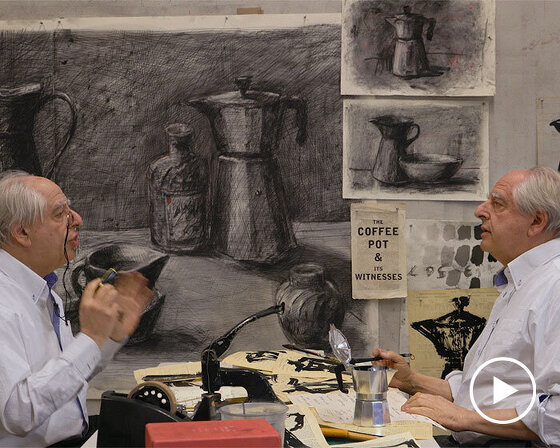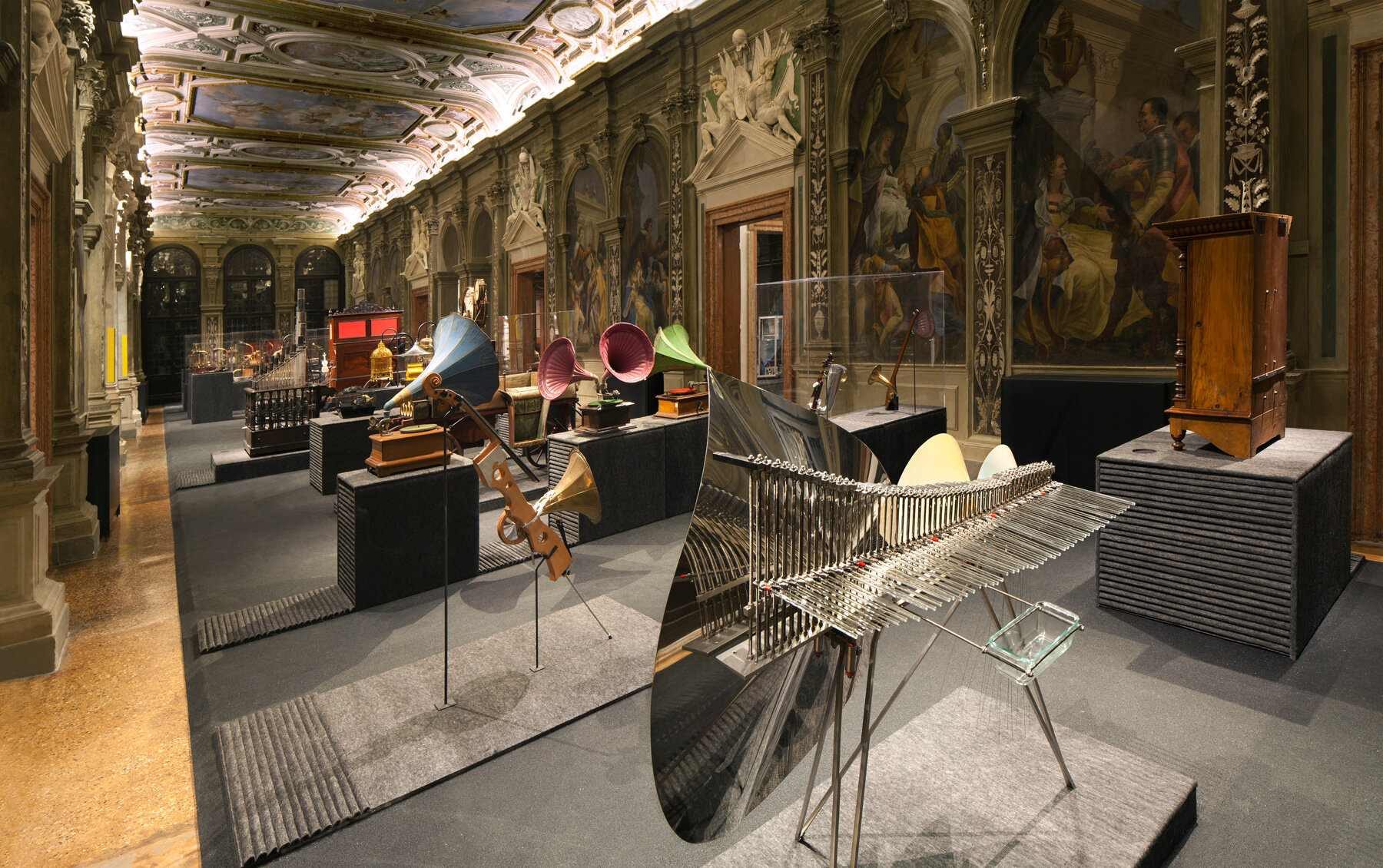
‘art or sound’, fondazione prada, ca’ corner della regina, venezia, 2014. exhibition view, photo by attilio maranzano, courtesy fondazione prada, milano
KEEP UP WITH OUR DAILY AND WEEKLY NEWSLETTERS
happening this week! holcim, global leader in innovative and sustainable building solutions, enables greener cities, smarter infrastructure and improving living standards around the world.
PRODUCT LIBRARY
across twelve themed galleries, the first-of-its-kind show at qatar's national museum traces the evolution of pakistan's visual arts and architectural practices over the past eighty decades.
these twisted sculptures now join the artist’s earlier tangled post box installed on cheese lane, which marks its re-opening as a public right of way after a 50-year closure.
aziza kadyri reflects on modernizing suzani embroidery with AI, amplifying women's voices, and the deconstructed theater backstage.
the south african artist talks to designboom about the nine-episode film series, available on MUBI from october 18, 2024.
connections: +160
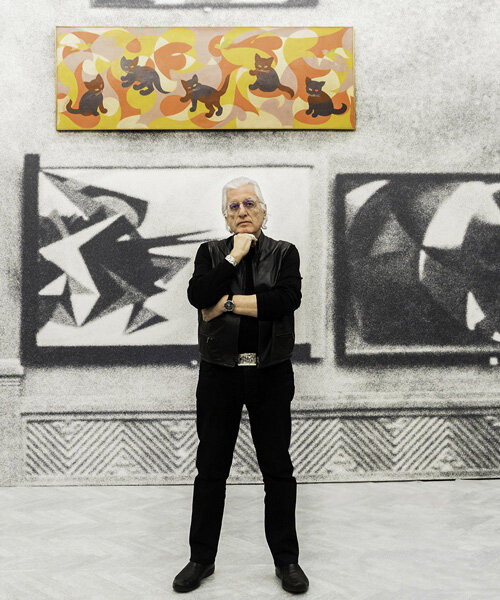
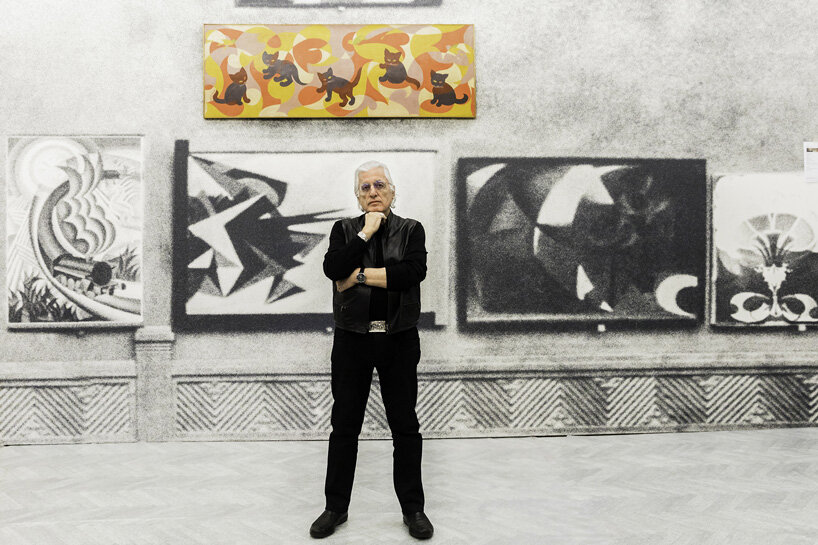 germano celant all’interno della mostra / germano celant in the exhibition ‘post zang tumb tuuum. art life politics: italia 1918-1943’,
germano celant all’interno della mostra / germano celant in the exhibition ‘post zang tumb tuuum. art life politics: italia 1918-1943’, 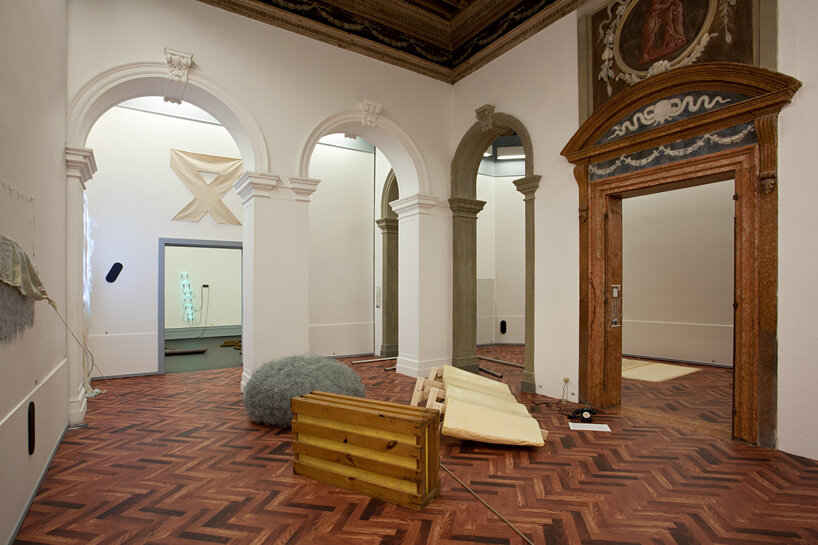 ‘when attitudes become form. bern 1969/venice 2013’, fondazione prada, ca’ corner della regina, venezia, 2013.
‘when attitudes become form. bern 1969/venice 2013’, fondazione prada, ca’ corner della regina, venezia, 2013.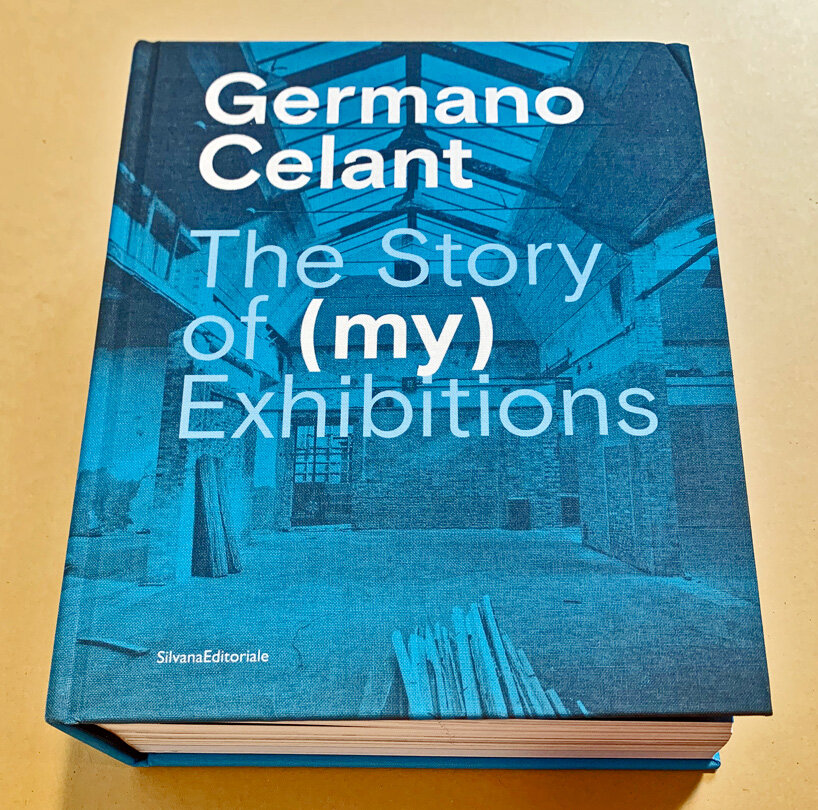 image © designboom
image © designboom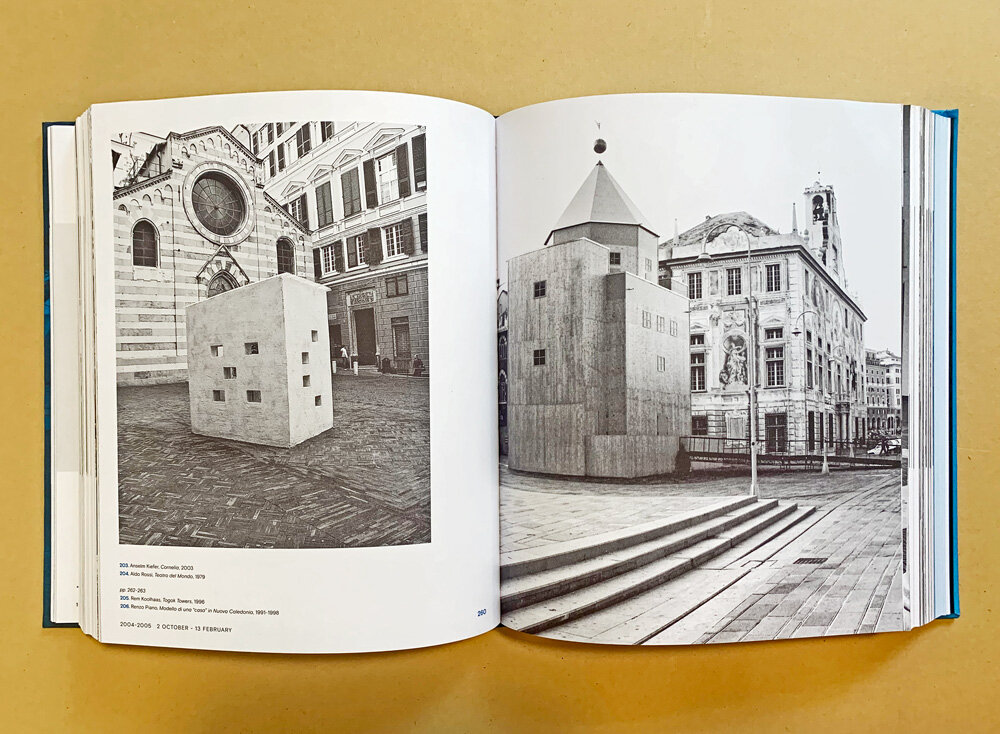 image © designboom
image © designboom image © designboom
image © designboom image © designboom
image © designboom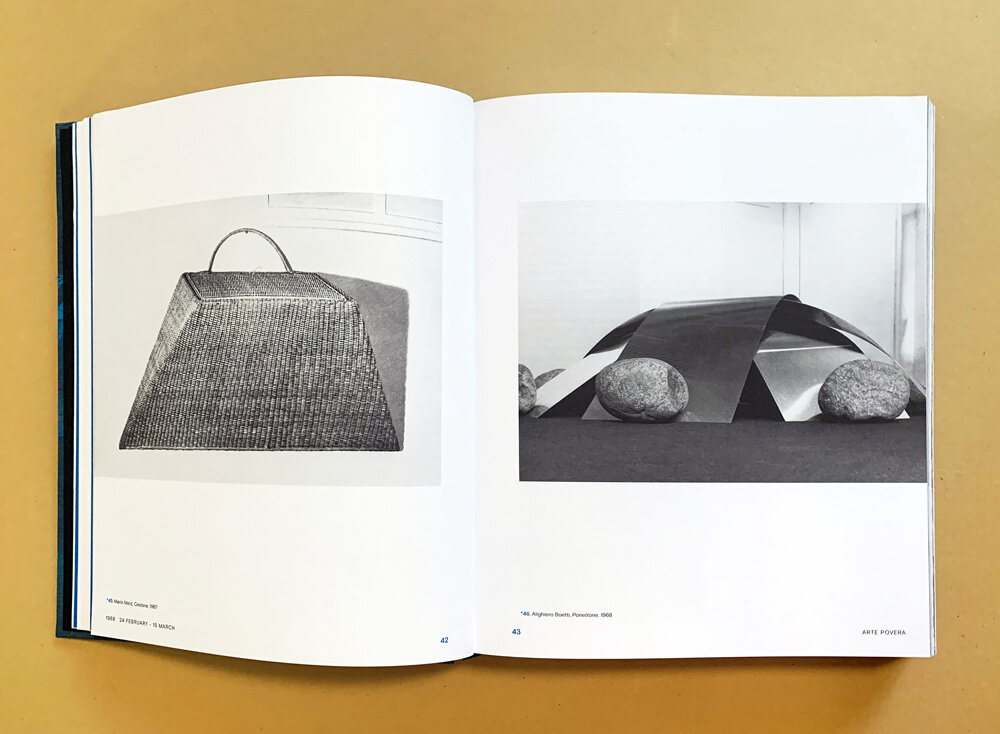 image © designboom
image © designboom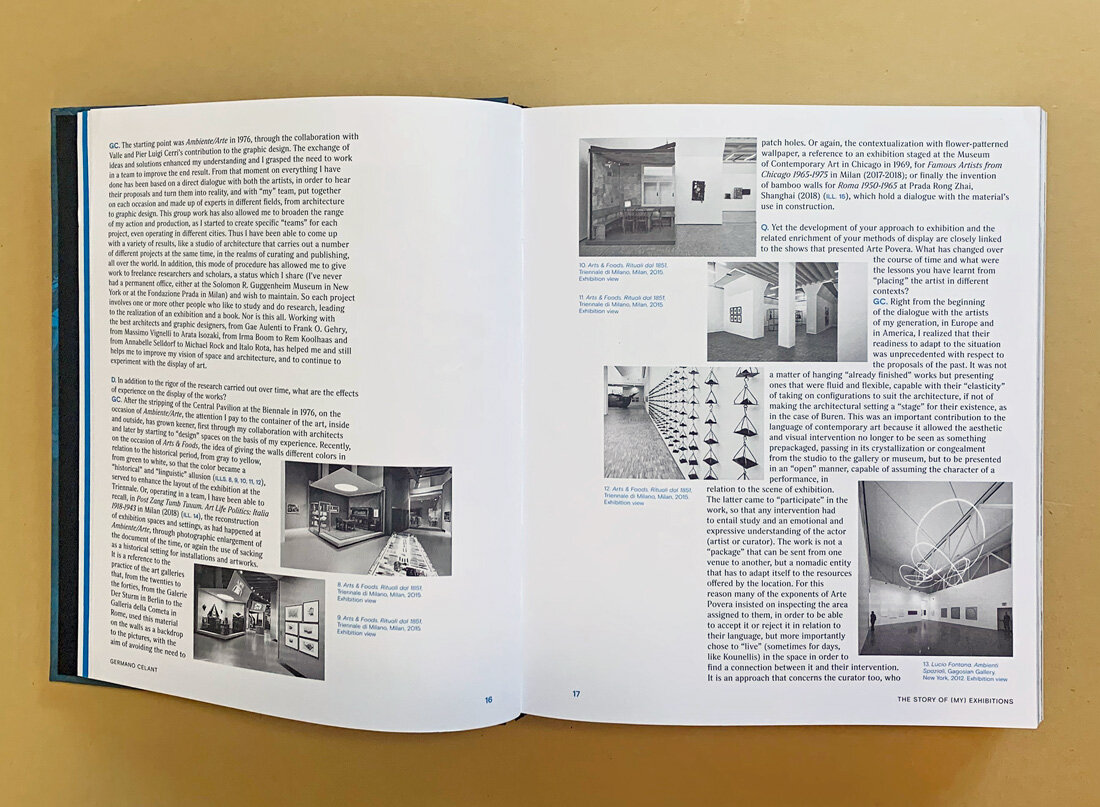 image © designboom
image © designboom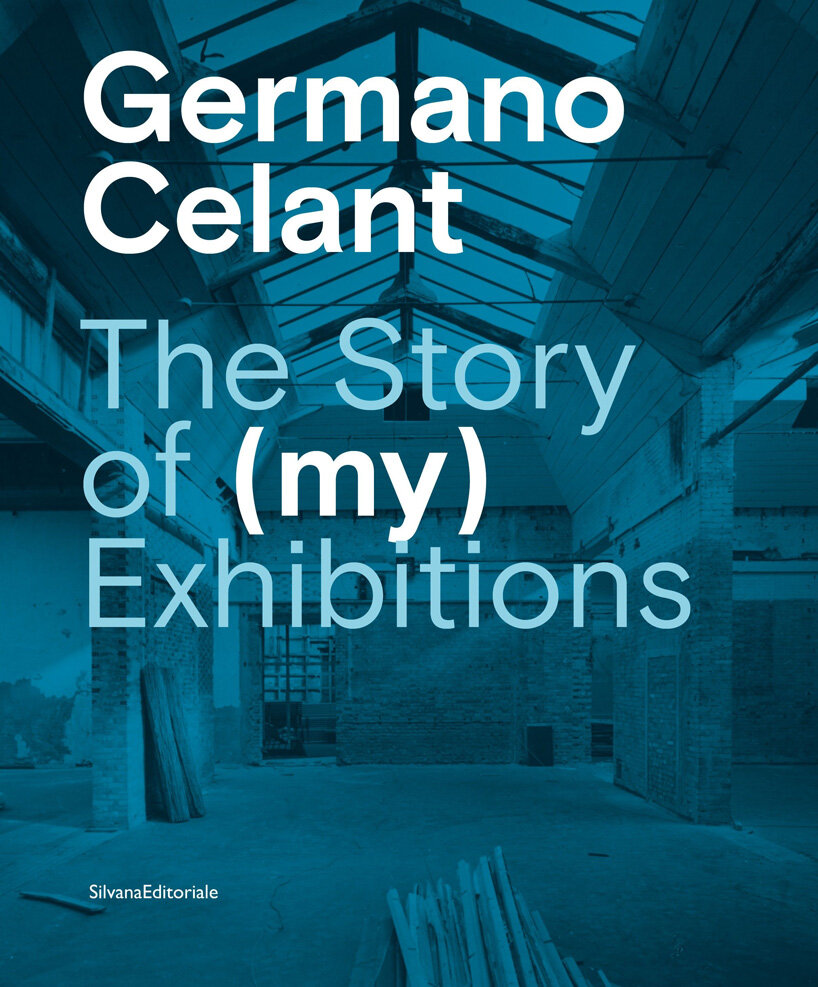 ‘germano celant: the story of (my) exhibitions’ book cover
‘germano celant: the story of (my) exhibitions’ book cover

